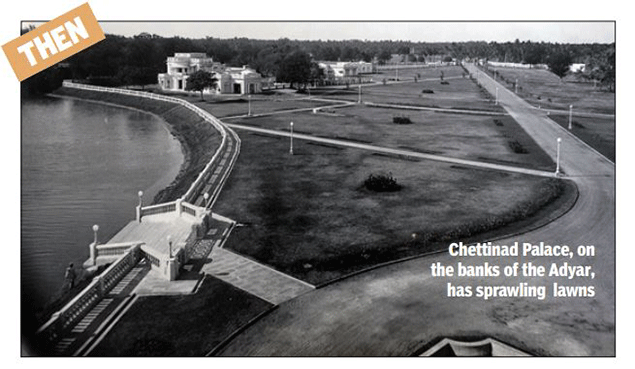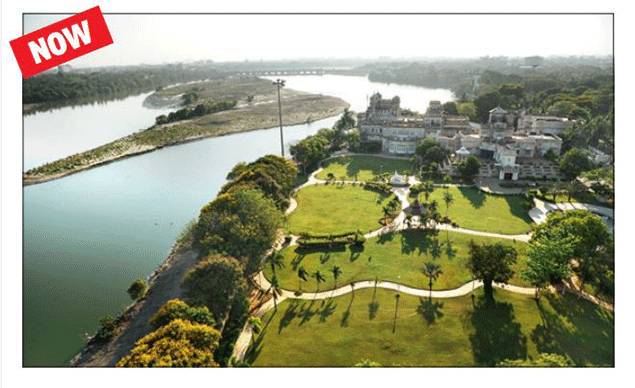Old-timers remember Chennai as Madras, a city of horse-drawn carriages, lonely streets and men in suits. A TOI series brings recollections from a mix of neighbourhoods
Tall white pillars, long ornate windows and spacious porticos – the exquisite Chettinad Palace which stands along the Adyar estuary with its sprawling lawns and vast terraces was amongst the earliest structures that adorned Raja Annamalaipuram (RA Puram) more than 70 years ago. The magnificent mansion stood solitary, overlooking the Adyar river, as its ivory coloured walls made from Italian marble and limestone bespoke the royalty it housed. Built by wealthy businessman Raja Sir Annamalai Chettiar from Chettinad, the historic marvel is now part of an industrial and educational neighbourhood that buzzes with activity. “The palace was originally to be built opposite the Taj Connemara hotel on Binny road. But Lord Willingdon, the then governor of Madras requested my grandfather to give the land for constructing a club for women as there weren’t any then,” says MeenaMuthiah, Kumara Rani of Chettinad, and granddaughter of Raja Sir Annamalai Chettiar.
This led to the purchase of the expansive 104-acre estate in RA Puram where the palatial structure (the main house) and the smaller quarters, a few yards from the big one, were built.
“Our childhood memories revolve around The Theosophical Society, Kalakshetra campus, Rosary Matric school (then St Thomas Convent), where I studied and, of course, the Adyar river,” says Meena aunty, as she is fondly called.
The locality had only a handful of buildings, including Andhra Mahila Sabha, earlier the residence of capitalist Rangachari. “Previously, this neighbourhood was called Adyar. Only in recent times, they renamed it after my grandfather,” says the 81-year-old educationist. Many eminent people have frequented the aristocratic home for high teas and dinners on the lawn.
“Politicians such as Kamaraj and VR Nedunchezhiyan came here often. Thatha used to call the governors by name,” says Muthiah. “But since we were not allowed into these gatherings, we used to peek through the railing on the balcony and see them.”
The scenic landscape and lavish interiors served as an ideal backdrop for many movies including M S Subbulakshmi’s Meera. “The stretch where the Image Auditorium stands was a dairy farm then. We used to do kalamkari printing in a small unit, near the farm,” says Muthiah, reminiscing how well-known social reformer Kamaladevi Chattopadhyay bought material from the unit to take to Bengal. The day-long holiday from the convent typically began with a visit to the library in The Theosophical Society and ended with a game of pandi. “We would often stopover at Rukmani Devi’s house too. And it was athai who encouraged me to start a school inspired by Kalakshetra’s cultural values and the discipline of the convent I went to,” says Muthiah, who founded Chettinad Vidyashram in 1986, on 7 acres of the property.
source: http://www.timesofindia.indiatimes.com / The Times of India / News Home> City> Chennai / Aditi Maithreya / TNN / April 22nd, 2016

